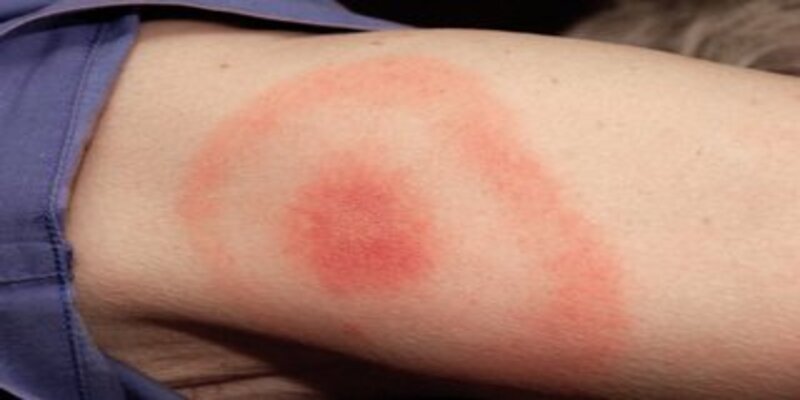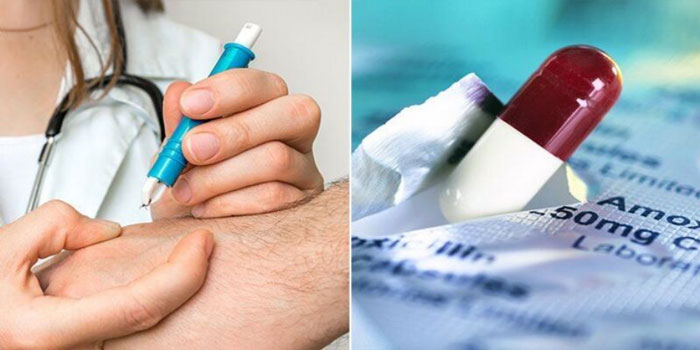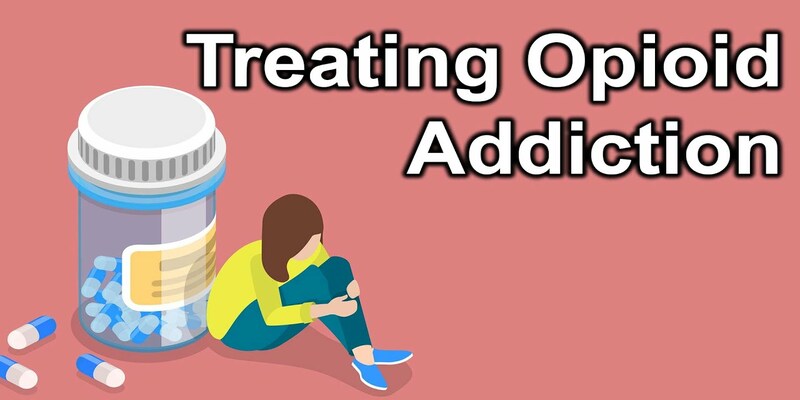
Lyme Disease Symptoms
Jan 08, 2023
Borrelia burgdorferi is the bacteria responsible for Lyme disease, which is spread to people via the bite of infected ticks. The red, circular rash (erythema migrans) that spreads outward over time is just one of the many symptoms. Other issues that may arise include flu-like symptoms, joint pain and swelling, neurological problems, heart issues, eye issues, digestive issues, sleep issues, skin issues, and mental health issues. The severity of Lyme Disease Symptoms varies significantly from one individual to the next; some people may not experience any symptoms, while others may only encounter moderate ones. Seeing a doctor for a diagnosis and treatment is essential if you experience symptoms that could be Lyme disease.
Some Of The Most Typical Lyme Disease Signs And Symptoms Include:
Rash:
Erythema migrans, sometimes called simply as "migrans," is one of the Lyme disease rash's most distinctive symptoms (EM). a rash that starts off as a red circle and then spreads outward. In addition to inflammation, many patients report experiencing itching, warmth, or discomfort in the affected area.
Flu-Like Symptoms:
Patients suffering from Lyme disease often report experiencing symptoms such as fever, chills, tiredness, muscular pains, and headaches.
Joint Pain And Swelling:
The inflammation of the joints that may be caused by Lyme disease can result in pain, swelling, and a reduced range of motion.
Neurological Symptoms:
The influence that Lyme disease has on the nervous system may show itself in a variety of ways, ranging from difficulties with memory and concentration to paralysis of the face and limbs.
Heart Problems:
Lyme disease is connected with a number of uncommon but serious heart problems, including abnormal cardiac rhythms and inflammation of the heart muscle.
Eye Problems:
Lyme disease can cause various eye symptoms, including double vision, photophobia, and optic nerve enlargement.
Digestive Problems:

Abdominal pain, nausea, and loss of appetite are some of the digestive symptoms of Lyme disease.
Sleep Problems:
A person with Lyme disease may have trouble going asleep or staying asleep, or they may have vivid yet disturbing dreams.
Skin Problems:
Rashes, hives, and heightened skin sensitivity are just some of the skin issues that can be brought on by Lyme disease.
Mental Health Symptoms:
Anxiety, despair, and irritability are just some of the mental health issues that can be exacerbated by Lyme disease.
The intensity of symptoms also varies significantly from person to person, and not everyone with Lyme disease will experience all of these. In some persons, no symptoms or only minor ones may appear. Occasionally, though, the symptoms are even more severe and disabling.
Diagnosis
It might be challenging to diagnose Lyme disease since other diseases and disorders broadly share their symptoms. Furthermore, not all people contracting Lyme disease will develop the telltale EM rash. If your symptoms fit those of Lyme disease, your doctor will thoroughly examine and question you about your medical history, looking especially for any recent tick bites. If your doctor is concerned, they may order blood tests to check for Borrelia bacteria antibodies. A negative test result is not conclusive proof that you do not have Lyme disease because it might take many weeks for the body to build enough antibodies to be detectable on a blood test. Additional tests, such as a spinal tap (lumbar puncture) or imaging studies, may be recommended to help confirm Lyme disease diagnosis.
Treatment

Antibiotics are the standard treatment for Lyme disease, and they are usually successful if the condition is diagnosed quickly. How long you've had the infection and what kind of medication you'll need to treat it will determine the best course of action. Antibiotic treatment won't completely alleviate your symptoms. Post-treatment Lyme disease syndrome describes this condition (PTLDS). It is challenging to treat PTLDS because its cause is unknown. Additional antibiotic courses may help some people with PTLDS, while others may find relief from physical therapy or drugs to manage pain and other symptoms.
Conclusion
A wide variety of symptoms, some milder than others, may be experienced by those with Lyme disease. The best possible outcome can be achieved with prompt diagnosis and antibiotic therapy. Post-treatment Lyme disease syndrome describes the persistence of symptoms after treatment has been administered (PTLDS). Treating PTLDS can be difficult, and patients may need to take multiple courses of antibiotics or participate in other therapies to control their symptoms. If you're experiencing symptoms that could be caused by Lyme disease, you must consult a doctor very away.





